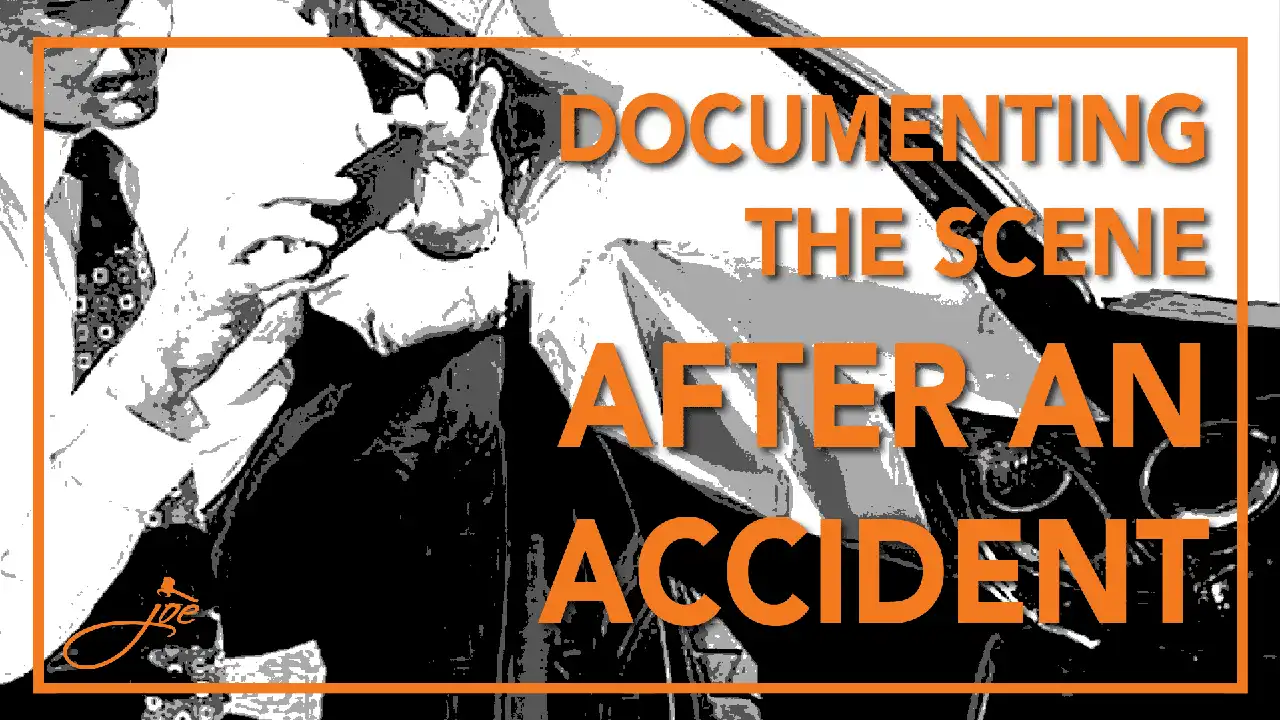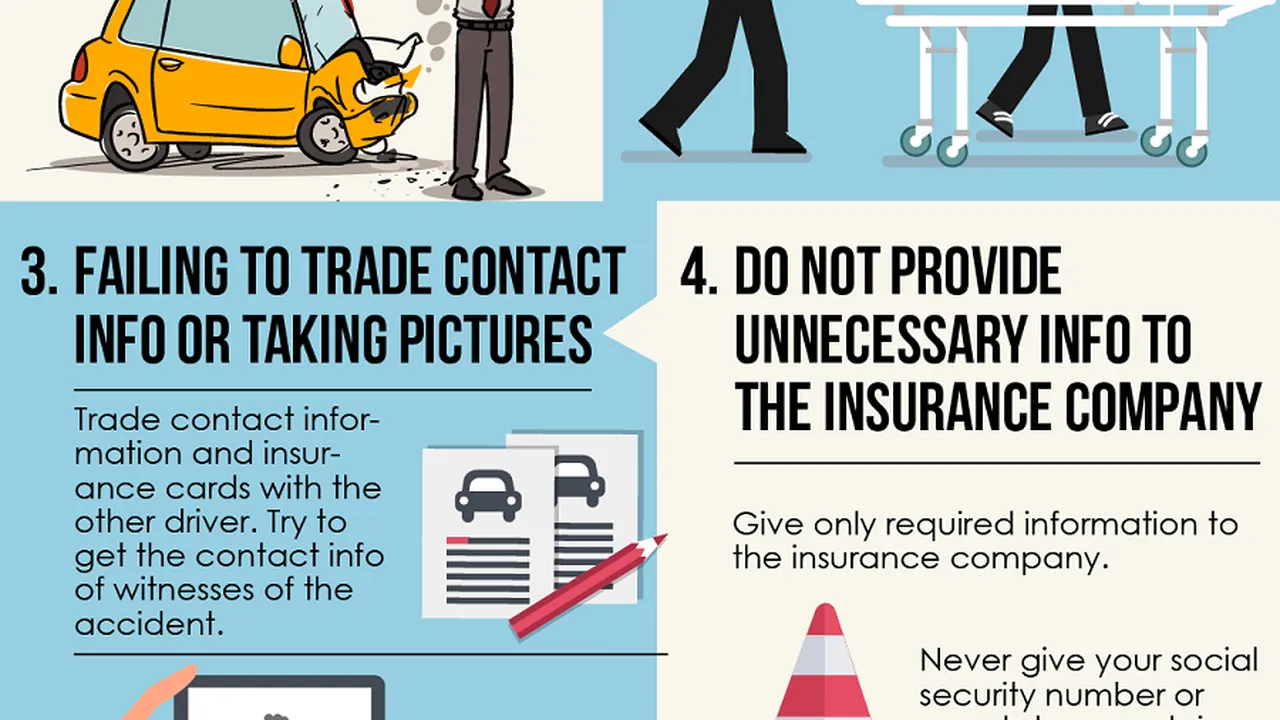How to Document Your Injuries for a Stronger Claim

Understanding the Importance of Injury Documentation for Your Car Insurance Claim
Alright, so you've been in a car accident. Not fun, right? Besides dealing with the immediate aftermath – the police report, the car damage, the sheer shock of it all – you're probably thinking about your car insurance claim. And a big part of getting a fair settlement is documenting your injuries properly. Why? Because insurance companies aren't exactly known for being overly generous. They'll try to minimize your payout if they can. Solid documentation is your shield against that.
Immediate Actions: What to Do Right After the Accident for Injury Documentation
Okay, listen up. The minutes and hours after the accident are crucial. Here's what you need to do:
- Seek Medical Attention ASAP: Seriously, don't wait. Even if you think you're "fine," get checked out by a doctor. Adrenaline can mask injuries. Plus, a medical record right after the accident connects your injuries directly to the incident.
- Tell the Doctor Everything: Don't downplay anything. Tell them about every ache, pain, and weird sensation. Be specific. Use words like "sharp," "throbbing," "radiating," etc. The more detail, the better.
- Get a Copy of the Medical Report: This is your first piece of solid evidence. Keep it safe.
Creating a Detailed Injury Journal: Your Personal Injury Documentation Diary
Think of this as your personal injury diary. Every day, jot down details about:
- Pain Levels: Rate your pain on a scale of 1 to 10. Be consistent. Note the time of day the pain is worse.
- Symptoms: Describe any symptoms you're experiencing. Headaches? Dizziness? Numbness? Muscle spasms? Write it all down.
- Daily Activities: Note how your injuries are affecting your daily life. Can't lift groceries? Having trouble sleeping? Can't concentrate at work? These are all important details.
- Medication and Treatment: Record the medications you're taking, the dosage, and how they're affecting you. Also, document any physical therapy, chiropractic adjustments, or other treatments.
- Emotional Impact: Don't forget the emotional toll. Are you feeling anxious? Depressed? Having nightmares? These are legitimate damages you can claim.
Collecting Visual Evidence: Photos and Videos for Injury Documentation
Pictures are worth a thousand words, right? So, grab your phone and start snapping. Take photos of:
- Visible Injuries: Bruises, cuts, scrapes, swelling – document them all. Take photos regularly to show how they're healing (or not healing).
- Medical Equipment: Braces, slings, casts, crutches – these show the extent of your injuries.
- The Accident Scene: If possible, take photos of the accident scene, including vehicle damage, road conditions, and anything else that might be relevant. This might be difficult if you are injured, so consider having someone else do this.
- Keep a Video Log: Short videos describing your pain and limitations can be incredibly powerful.
Gathering Medical Records and Bills: Essential Documentation for Your Claim
This is the nitty-gritty stuff. You need to collect:
- Medical Records: From every doctor, hospital, physical therapist, and specialist you've seen.
- Medical Bills: Every single bill, even if you have insurance.
- Prescription Records: Documentation of all medications prescribed and filled.
- Lost Wage Documentation: If you've missed work due to your injuries, get documentation from your employer, including pay stubs and a letter confirming your absence.
Leveraging Expert Opinions: Strengthening Your Claim with Professional Injury Documentation
Sometimes, you need an expert to back up your claim. Consider consulting with:
- Independent Medical Examiner (IME): An IME can provide an unbiased assessment of your injuries.
- Vocational Rehabilitation Expert: If your injuries prevent you from returning to your previous job, a vocational expert can assess your earning potential.
- Accident Reconstructionist: If there's a dispute about how the accident happened, an accident reconstructionist can provide expert testimony.
Recommended Products for Documenting and Managing Your Injuries
Pain Management and Documentation Tools:
Documenting your pain levels accurately can be challenging. Here are some tools that can help:
- Pain Scale App (e.g., PainScale): This app allows you to track your pain levels, symptoms, and medications. It generates reports that you can share with your doctor and insurance company.
- Usage Scenario: Use it daily to record your pain levels and track how your symptoms are changing over time.
- Pros: Easy to use, comprehensive tracking, generates reports.
- Cons: Requires a smartphone, potential privacy concerns.
- Price: Free (with in-app purchases for premium features).
- Digital Voice Recorder (e.g., Sony ICD-UX570): Sometimes, writing everything down is difficult. A voice recorder allows you to verbally document your experiences.
- Usage Scenario: Use it to record your thoughts and feelings about your injuries, especially when you're experiencing a flare-up.
- Pros: Easy to use, hands-free documentation, captures emotional details.
- Cons: Requires transcription, potential privacy concerns.
- Price: Around $60.
Mobility and Support Aids:
Depending on your injuries, you might need mobility and support aids. Documenting your usage of these aids is crucial.
- Adjustable Crutches (e.g., Drive Medical Lightweight Aluminum Crutches): These crutches provide support and stability while you're recovering from leg or foot injuries.
- Usage Scenario: Use them to walk around and perform daily activities while minimizing strain on your injured leg.
- Pros: Adjustable height, lightweight, durable.
- Cons: Can be uncomfortable for extended use, requires upper body strength.
- Price: Around $30.
- Knee Brace (e.g., DonJoy Playmaker II Knee Brace): This brace provides support and stability to your knee joint, helping to reduce pain and prevent further injury.
- Usage Scenario: Use it during physical therapy or while performing activities that put stress on your knee.
- Pros: Provides excellent support, comfortable to wear, adjustable fit.
- Cons: Can be bulky, may restrict movement.
- Price: Around $150.
Home Therapy and Recovery Products:
Documenting your use of home therapy products can also strengthen your claim.
- TENS Unit (e.g., iReliev TENS + EMS Combination Unit): This device uses electrical stimulation to relieve pain and muscle spasms.
- Usage Scenario: Use it to manage pain at home, especially after physical therapy sessions.
- Pros: Drug-free pain relief, easy to use, portable.
- Cons: May not be effective for all types of pain, can cause skin irritation.
- Price: Around $50.
- Cold/Hot Therapy Pack (e.g., TheraPearl Hot & Cold Pack): These packs can be used to reduce swelling and inflammation or to soothe sore muscles.
- Usage Scenario: Use cold therapy for acute injuries and hot therapy for chronic pain and muscle stiffness.
- Pros: Versatile, reusable, easy to use.
- Cons: Can be messy, temperature may not be consistent.
- Price: Around $15.
Product Comparison Table:
| Product | Usage | Pros | Cons | Price (Approx.) |
|---|---|---|---|---|
| PainScale App | Pain & Symptom Tracking | Easy, Comprehensive, Reports | Smartphone Required, Privacy | Free (Premium Options) |
| Sony ICD-UX570 Recorder | Verbal Documentation | Hands-Free, Captures Emotion | Transcription Needed, Privacy | $60 |
| Drive Medical Crutches | Mobility Support | Adjustable, Lightweight | Uncomfortable Long-Term | $30 |
| DonJoy Playmaker II Knee Brace | Knee Support & Stability | Excellent Support, Comfortable | Bulky, Restricts Movement | $150 |
| iReliev TENS Unit | Pain & Muscle Spasm Relief | Drug-Free, Portable | Not Always Effective | $50 |
| TheraPearl Pack | Cold/Hot Therapy | Versatile, Reusable | Messy, Inconsistent Temp | $15 |
Submitting Your Documentation: Presenting a Strong Case to the Insurance Company for a Fair Settlement
Now that you've gathered all your documentation, it's time to present it to the insurance company. Here are some tips:
- Organize Everything: Create a binder or digital folder with all your documentation, organized by category.
- Write a Demand Letter: Clearly outline your injuries, medical expenses, lost wages, and pain and suffering. Demand a fair settlement.
- Be Persistent: Don't give up easily. Insurance companies often try to lowball claimants. Be prepared to negotiate.
- Consider Hiring an Attorney: If you're having trouble getting a fair settlement, consider hiring a personal injury attorney. They can help you navigate the legal process and negotiate with the insurance company on your behalf.
Final Thoughts: Stay Organized and Advocate for Yourself
Documenting your injuries is crucial for getting a fair settlement in a car insurance claim. Stay organized, be persistent, and don't be afraid to advocate for yourself. Remember, you deserve compensation for your injuries and losses.
:max_bytes(150000):strip_icc()/277019-baked-pork-chops-with-cream-of-mushroom-soup-DDMFS-beauty-4x3-BG-7505-5762b731cf30447d9cbbbbbf387beafa.jpg)






